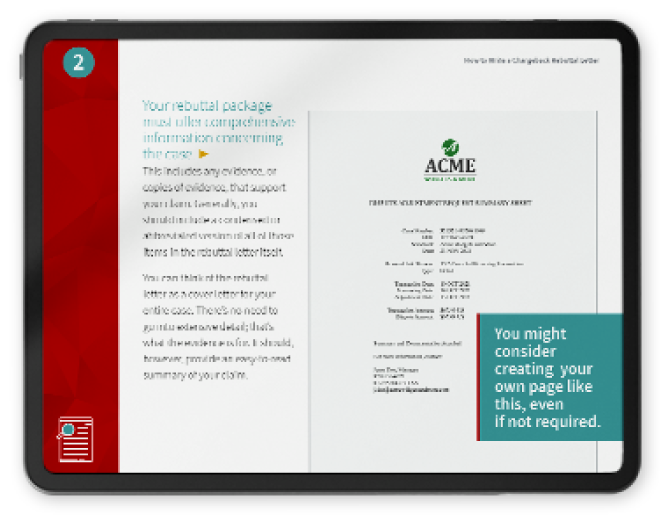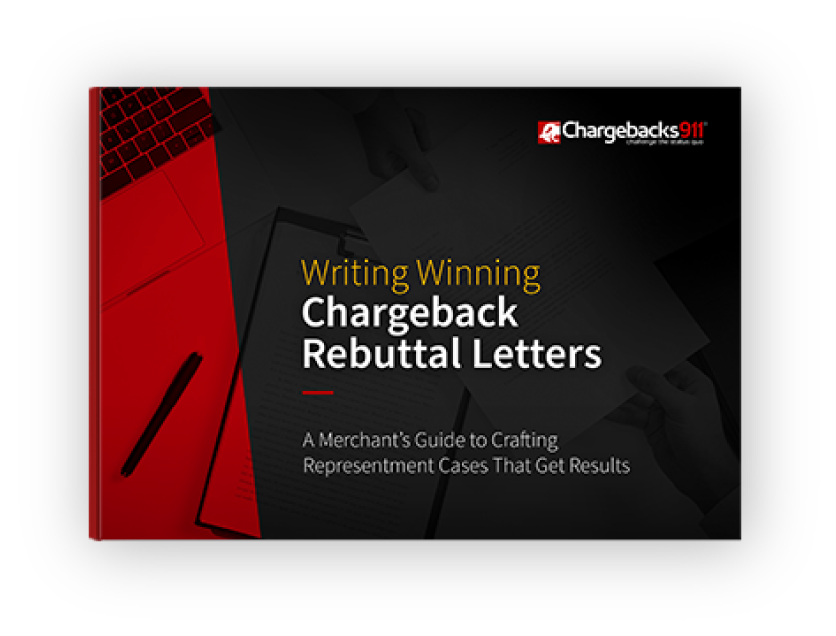Challenges & Benefits of Chargeback Automation for Merchants
Fighting bogus chargebacks can be a full-time job.
If you stop and think about how many resources go into contesting illegitimate disputes, you might start feeling like the whole idea is more trouble than it’s worth. That’s not true, of course; loss of revenue is just one of many reasons to challenge fraudulent claims.
You don’t need to work harder to optimize your payoff. Instead, you need ways to work smarter.
That’s where chargeback automation comes into play.
Recommended reading
- How to Handle Chargebacks: 4 Easy Steps to Follow in 2025
- Prevent Double Refund Chargebacks & Unnecessary Losses
- What’s an “Acceptable” Chargeback Rate? Why Does it Matter?
- Revenue Recovery: Tips & Best Practices to Reclaim Money
- Chargeback Accounting: How it Works | Tips & Best Practices
- Chargeback Reduction Plan: a Guide to Develop Your Strategy
What is Chargeback Automation?
Chargeback automation is an umbrella term for any of the tools or techniques that can automate chargeback management, decreasing the need for manual processes.
“Chargeback automation” is a general term covering all the ways you can automate parts of your chargeback management strategy. Technically, that can mean things like automated credit dispute verification, or refer to prevention tools used to help deflect chargebacks, such as Visa’s Compelling Evidence 3.0 guidelines.
If you’re like most retailers, though, you probably think of chargeback automation in the context of a dispute response. Since representment is typically a labor-intensive, “hands-on” process, it makes sense to look for ways to help reduce the workload (and hopefully optimize returns).By eliminating manual handling at key junctures, you can make things easier and lower the odds of human error, late responses, and inaccurate or incomplete submissions.

How Can Chargeback Automation Help?
Easy-to-understand chargeback automation solutions should address every step of the chargeback life cycle. They should be flexible and customizable to fit your business.
To be effective, chargeback automation use needs to be simple and intuitive. Customizing and fine-tuning parameters should be a clear, streamlined process, regardless whether you’re using a web portal or a dedicated chargeback app.
A more advanced solution, based in artificial intelligence (AI) and machine learning, will let you manage disputes through every phase of the chargeback life cycle. That makes it easier to get the best results for your business.
But… what does that look like?
To help illustrate, I want to explore a few of the challenges that come with chargeback management. What I’ll do is run through the entire chargeback roadmap, and highlight some of the ways automation can help at each stage in the dispute process.
Potential Sticking Points With Chargeback Automation
Possible challenges to implementing chargeback automation include mis-evaluating reason codes, not recognizing extenuating circumstances, and the importance of maintaining “clean” data, among other possible issues.
Dispute automation can be a game-changer, especially for merchants who are being inundated with faulty chargeback claims.
Even if you don’t win a reversal in every case, contesting invalid claims can still help protect your business’s reputation. Automation is a great way to keep costs down while responding to as many fraudulent chargebacks as possible.
That said, chargeback automation is not a silver bullet to solve all your dispute problems. There are facets of chargeback management that should still have some degree of human oversight. For example:
Evaluating Reason Codes
Automated systems are designed to respond based on a claim’s reason code… but that’s all they can do. You may look at a dispute and see that the reason code doesn’t reflect the actual situation. That said, your response still has to answer to the reason code provided. You might be able to include additional context and evidence to show that the original transaction was valid, which an automated system might miss.
Cases With Extenuating Circumstances
Let’s say a customer disputes a charge, saying you made an error. You look at the claim and realize that the customer was right, so you don’t want to challenge the dispute. An automated system, however, might go ahead and try to re-present the charge if it’s not configured properly. You end up wasting everyone’s time by submitting a representment you know you can’t (and shouldn’t) win.
Avoiding Bad Inputs
Machine learning means your automated system will take what it learns from each response and feed that data back into its system. In theory, results should become increasingly accurate as time goes by. That assumes, however, that all the newly captured data is accurate. If the AI doesn’t recognize a misjudgement, it will continue basing its decisioning on bad information. Instead of getting more accurate, your solution will become increasingly less reliable.
As helpful as chargeback automation can be, not every merchant needs it. If you only experience the occasional customer dispute, a fully automated response system is probably not worth the investment.
Machine Leaning & Human Oversight: the Best of Both Worlds
Chargeback automation has multiple advantages over manually trying to handle chargeback responses. For standard tasks, a computer is going to be faster and more efficient. Plus, it will never get bored; humans do, which can easily result in errors.
On the other hand, computers are… well, computers.
Automated solutions aren’t always capable of detecting nuance or recognizing extenuating circumstances. Their actions are totally dictated by how they are programmed and the information they have to work with.
A hybrid system, such as the platform offered by Chargebacks911®, combines the best elements of both methods.The result is chargeback responses that are more timely and accurate than a fully manual system, with more control and flexibility than conventional chargeback automation solutions.
The advantage of a hybrid system is evidenced by our net win rates, which are the highest in the industry. Contact us today to learn more.
FAQs
What is chargeback automation?
Chargeback automation refers to the technology used to manage one or more steps of the chargeback dispute and representment processes. The benefit of automation is its ability to perform routine or detail-oriented tasks faster and more accurately than humans.
What does a chargeback specialist do?
A chargeback specialist helps the merchant in all areas of chargeback handling, but specifically rules and compliance. They will keep up to date on complex arbitration updates and other issues, as well as communicate with card networks to keep current on policies and procedures.
Do chargebacks hurt companies?
Yes, absolutely. Every single chargeback means the merchant must provide a full refund of both purchase price and any associated monies such as shipping or insurance costs. Also, the customer typically doesn’t return the order, resulting in additional losses. Chargeback fees and potentially other penalties are non-refundable, even if the chargeback is successfully contested.
What is the role of a dispute analyst?
A chargeback analyst is a professional responsible for coordinating or managing different aspects of customer disputes for a merchant. This position can involve working directly with customers to resolve disputes, but also includes routine tasks such as proactively filing evidence, creating and submitting documentation to banks, and analyzing suspected cases of chargeback fraud. Click here for more information about dispute analysts.













